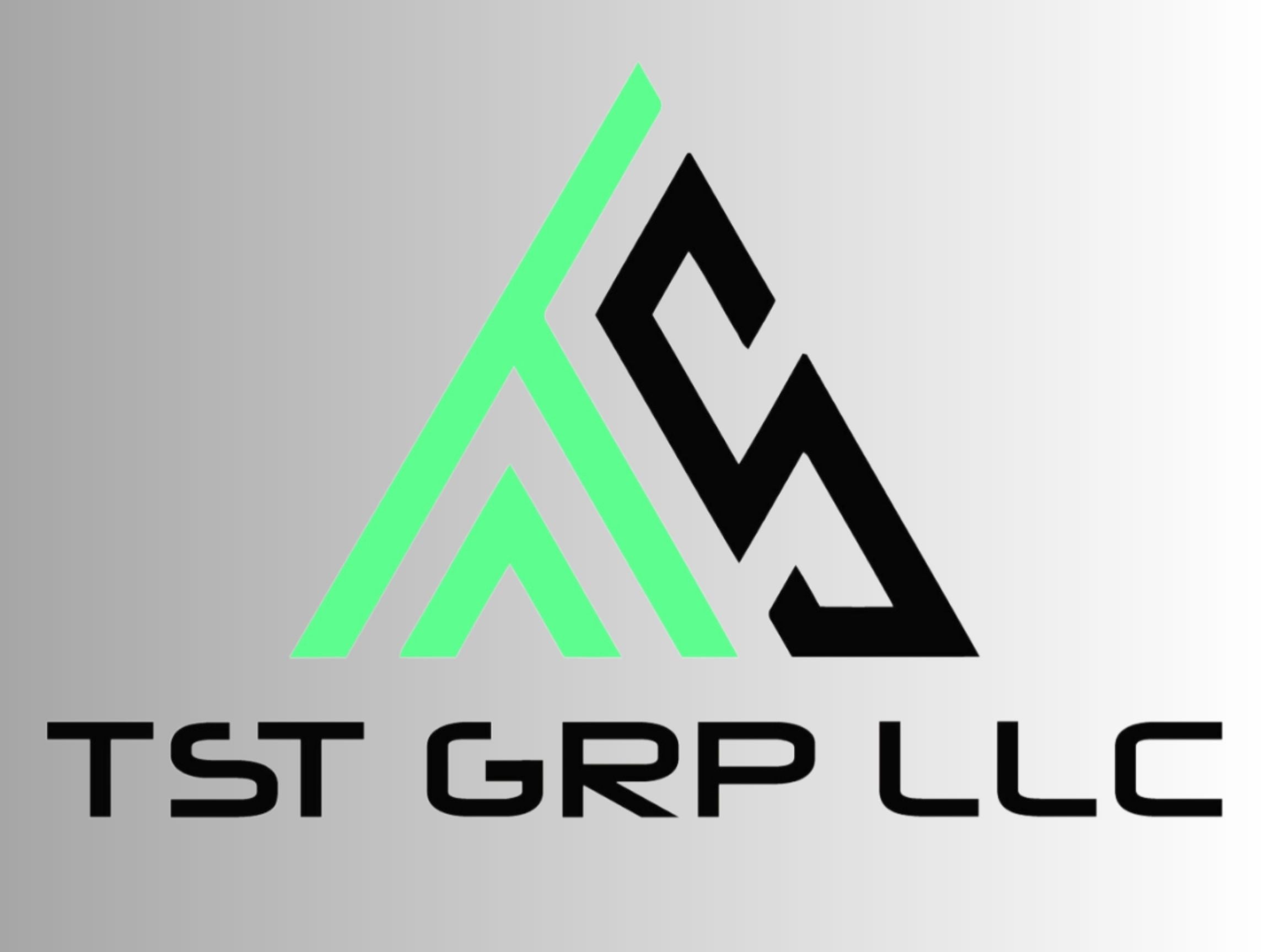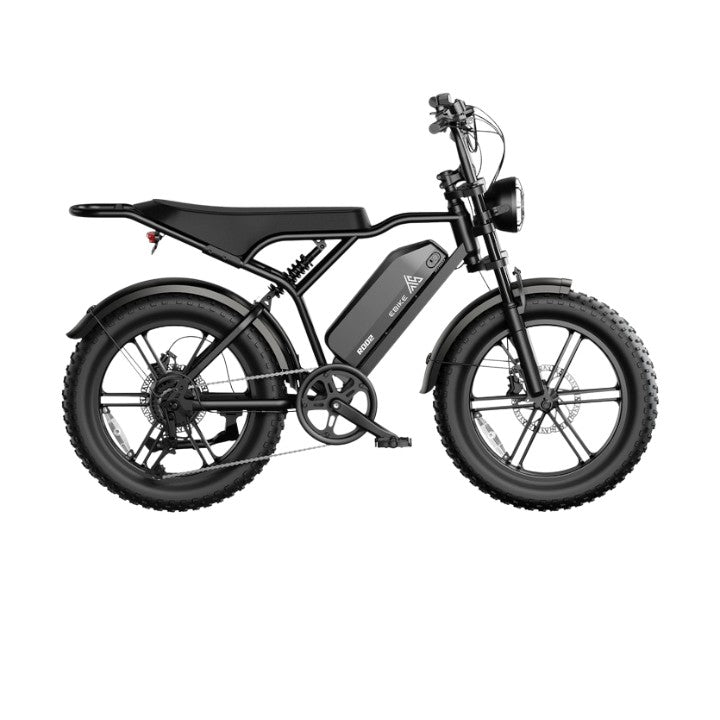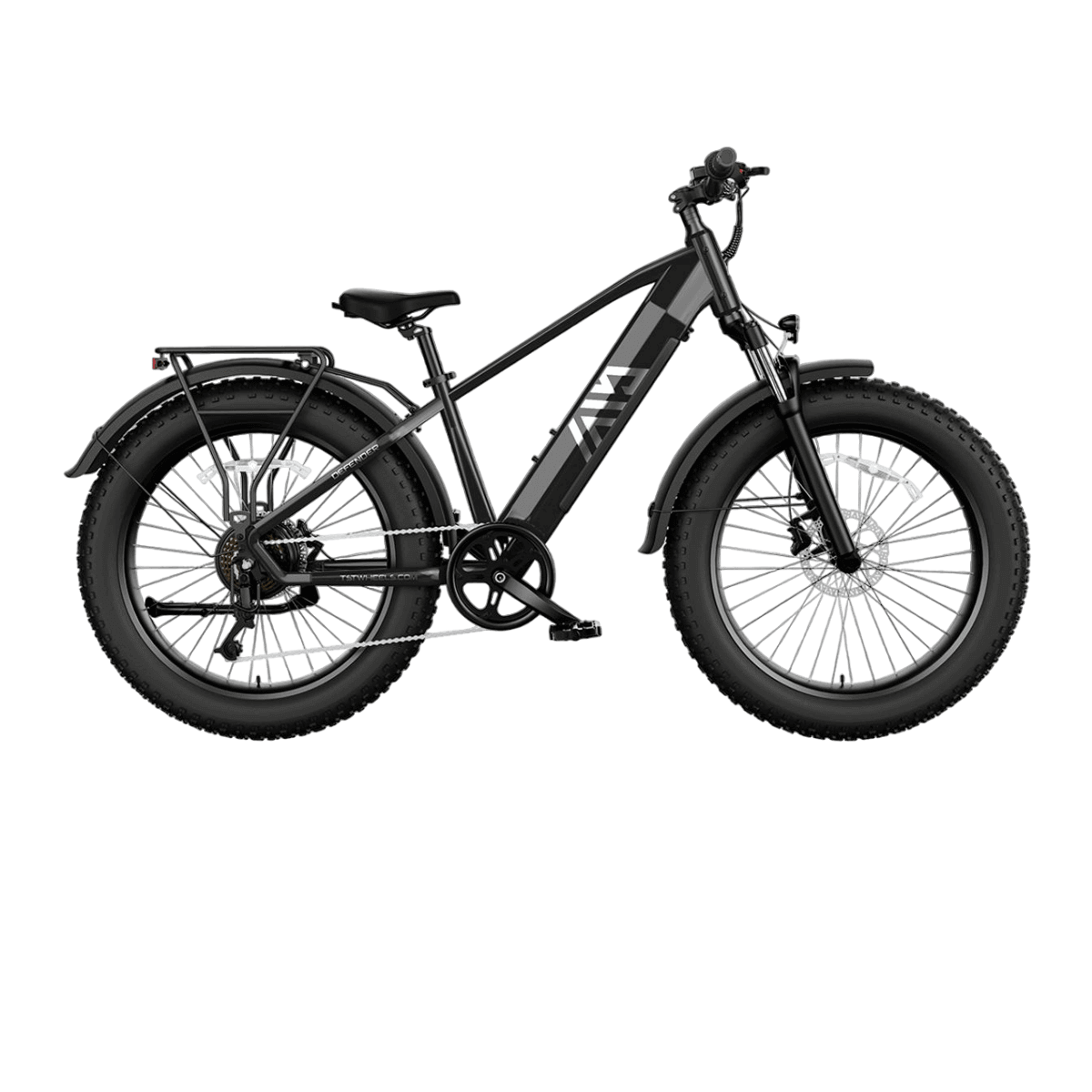Ebike classes are essential for riders, manufacturers, and regulators to distinguish electric bikes by speed, motor assistance, and legal access. The three main ebike classes-Class 1, Class 2, and Class 3-define where and how you can ride, with Class 1 and 2 capped at 20 mph and Class 3 at 28 mph. TST EBike offers models across these classes, ensuring every rider finds the right fit for their needs.
What Are the Main Ebike Classes and How Do They Differ?
Ebike classes are defined by their motor assistance type, maximum speed, and throttle use. This classification helps standardize regulations and informs riders about where their ebike can legally operate.
Chart: Ebike Classes at a Glance
| Class | Pedal Assist | Throttle | Max Speed | Typical Use |
|---|---|---|---|---|
| Class 1 | Yes | No | 20 mph | Trails, bike lanes |
| Class 2 | Yes | Yes | 20 mph | Urban, multi-use paths |
| Class 3 | Yes | No* | 28 mph | Roads, fast commuting |
*Some Class 3 ebikes may have a throttle, but it is often limited to 20 mph or restricted by local laws.
How Does Each Ebike Class Impact Where You Can Ride?
Class 1 ebikes, with pedal assist only and a 20 mph limit, are allowed on most bike paths and trails. Class 2 ebikes, which add throttle capability, are also widely permitted but may face restrictions in certain parks or natural areas. Class 3 ebikes, offering pedal assist up to 28 mph, are generally limited to roads and designated lanes, with access to multi-use paths restricted in many regions.
What Are the Key Features of Class 1, Class 2, and Class 3 Ebikes?
-
Class 1: Pedal-assist only, motor cuts off at 20 mph. No throttle. Ideal for recreational riders and commuters who want a natural cycling feel.
-
Class 2: Pedal-assist plus throttle, both capped at 20 mph. Great for those who want flexibility or need throttle for hills or rest.
-
Class 3: Pedal-assist only, up to 28 mph. Designed for faster commuting, can keep pace with city traffic, but often restricted from bike paths.
Which TST EBike Models Correspond to Each Class and What Are Their Features?
TST EBike offers models tailored to each ebike class:
-
26-inch TST EBike: Available in Class 1 or Class 3 configurations, with robust pedal-assist motors and optional throttle for versatile terrain like snow and sand.
-
27-inch TST EBike: Typically configured as Class 3 for higher speed pedal assist, perfect for commuting and mountain biking.
Chart: TST EBike Model Class Features
| Feature | 26-inch Model | 27-inch Model |
|---|---|---|
| Typical Class | 1 or 3 | 3 |
| Motor Power | 1000W mid-drive | 1000W mid-drive |
| Max Speed | 20–28 mph | 28 mph |
| Terrain Suitability | Snow, sand, rough | Commuting, mountain |
| Throttle Option | Yes (Class 2 variant) | Yes (Class 2 variant) |
How Do Ebike Classes Affect Battery Life and Performance?
Higher class ebikes, especially Class 3, consume more battery power due to increased speed and motor output, potentially reducing range if ridden aggressively. Class 1 and 2 ebikes, with their 20 mph cap, generally offer longer battery life per charge. Efficient battery management and riding style can help maximize performance across all ebike classes.
Why Do Ebike Classes Matter for Legal Compliance and Safety?
Ebike classes are the foundation for state and local regulations, dictating where and how you can ride. Class 1 and 2 ebikes are usually treated like traditional bikes, requiring no license or insurance. Class 3 ebikes may have age restrictions (often 16+), helmet mandates, and are typically barred from multi-use trails. Understanding your ebike class ensures you ride legally and safely.
What Are the Differences Between Ebike Classes and Mopeds or Motorcycles?
Class 4 ebikes, sometimes referenced, are not considered bicycles. They have motors exceeding 750W and no speed cap, requiring licensing, registration, and insurance-similar to mopeds or motorcycles. TST EBike focuses on Class 1–3 models, ensuring compliance and ease of use for everyday riders.
Buying Tips
When choosing an ebike class, consider your riding environment and needs. Opt for Class 1 or 2 if you plan to use multi-use trails or want throttle assistance for hills or rest. Select Class 3 for faster road commuting or if you need to keep up with city traffic. TST EBike’s 26-inch and 27-inch models provide versatile options across classes, built with quality and consumer feedback in mind. Always check local regulations, battery range, and safety features before purchasing.
TST EBike Expert Views
“TST EBike is committed to delivering electric bikes that fit every rider’s lifestyle and legal requirements. Our class-based approach ensures you get the right balance of speed, power, and access-whether you’re commuting, exploring trails, or tackling rough terrain. We believe in empowering riders with clear choices and robust support.” – TST EBike Product Team
FAQ
Q: What is the most versatile ebike class for new riders?
A: Class 1 ebikes are the most universally accepted and suitable for most paths and trails.
Q: Do I need a license or insurance for a Class 3 ebike?
A: Generally, no license or insurance is needed, but some states have age and helmet requirements for Class 3 ebikes.
Q: Can I convert my TST EBike between classes?
A: Some models allow software or hardware adjustments, but always comply with local laws before making changes.
Q: How do I know which ebike class fits my needs?
A: Consider your typical routes, speed preferences, and local regulations. Class 1 and 2 are best for casual and mixed-use riding; Class 3 is ideal for fast commuting.
Q: Why choose TST EBike for different ebike classes?
A: TST EBike offers high-power, cost-effective models with quality control and class flexibility, making them a top choice for every type of rider.





Leave a comment
All comments are moderated before being published.
This site is protected by hCaptcha and the hCaptcha Privacy Policy and Terms of Service apply.